Introduction
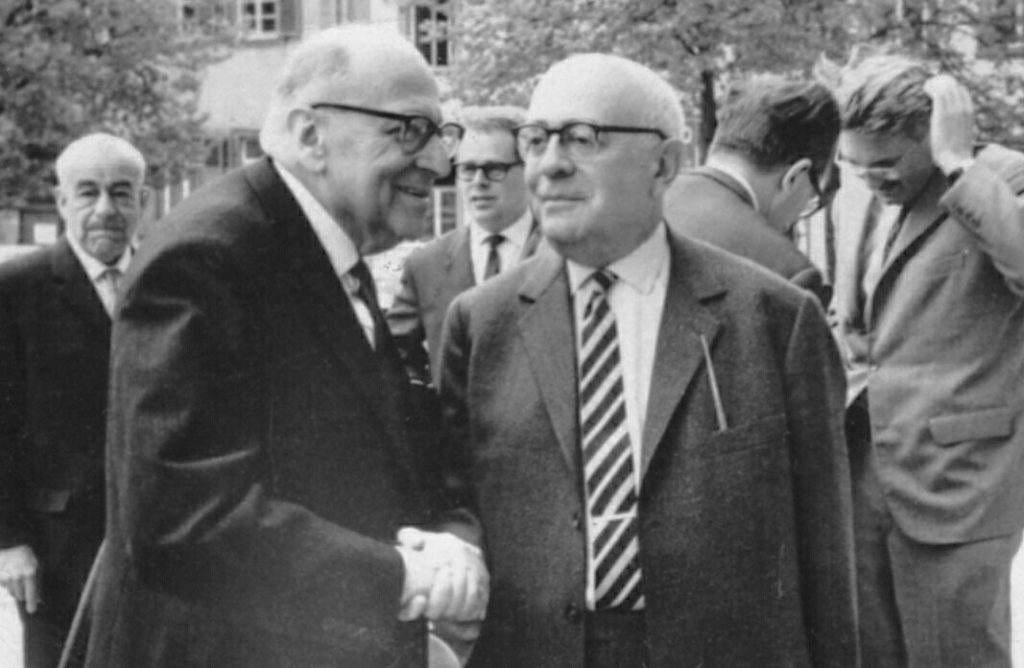
Adorno and Horkheimer’s culture industry refers to the mass production of cultural products that resemble art but promote totalitarianism through their ideology.
The Culture Industry fosters mental dullness and resignation to conform to the system, leading to the subject’s demise through a loss of personhood.
Key elements
In this industry, repetition and simulation play a significant role.
As explained by Adorno, its embrace of repetition is evident in mass-produced cinematic goods. The audience can predict the outcome of the same movie shown globally with its plot and narrative. The details are interchangeable, distracting the audience from the blatant repetition of the movie storyline and removing the need for individuals to engage with art(Hanses, 1981).
The Culture Industry is an ideology that has taken hold of society, and I found a close similarity to the tourism sector.
Every tourist office worldwide has a selection of day trips, guided excursions, and maps showing exactly which highlights we must see. The tragedy is that “everything is provided for,” which implies that no one needs to go out and actively connect with this strange world.
For clarity…
The Culture Industry’s focus on tourism often leads to a vacuum bubble and a passive acceptance of the tourist image, creating a planned culture. This industry’s claim of authenticity often overlooks the true essence of a city, as what a visitor is meant to do in a city is primarily preconceived and assumed.
Genuine and authentic culture, on the other hand, is spontaneous, historical, and done to do it. The tourism industry’s machinery is designed to produce the same events repeatedly, causing the polar opposite of spontaneity: planned repetition. This repetition can lead to the loss of true emotion and the distortion of genuine feelings.
Auschwitz is an ironic example of how repetition can transform a place into a theme park, where visitors are already familiar with the horrors and how to react to each new horror presented, much like waiting in line for a haunted house.
The Tourism Industry’s use of repetition and simulation can be seen as a way to maintain the illusion of authenticity, as it fosters disappointment in the visitor. They believe they have not truly experienced the real world, leading them to return year after year, resigning to the industry’s standards.
The Culture Industry benefits by removing any hope of travelling outside its standards, encouraging the traveller to accept the supplied picture and enter the hollow simulation of resigning in tourism.
In conclusion,
The tourism industry and the Culture Industry are intertwined. Both industries contribute to the illusion of a virtual reality, but the true nature of tourism lies in the balance between the two.
For further information:
- Dialectic of Enlightenment: The Culture Industry – Part II; https://youtu.be/J_qm4DtPQMM?si=bKrRF2LAzW4uyIPV
- Globalization and Adorno’s Industrialization of Culture; https://dergipark.org.tr/tr/download/article-file/271713#:~:text=The%20administrators%20have%2C%20according%20to,made%20art%20object%20and%20merchandising.
Reference List:
1^ Baudrillard, J. (1981). Simulacra and Simulation. Ann Arbor: The University of Michigan Press.
2^ Hansen, M.B. (1981). Introduction to Adorno, ‘Transparencies on Film’ (1966). New German Critique, (24/25), p.186. doi:https://doi.org/10.2307/488049.
3^ Horkheimer, M. (2002). Dialectic of enlightenment: philosophical fragments. Stanford, Calif.: Stanford University Press.
4^ Jurga (2022). Best of Barcelona in One Day: Detailed Itinerary, Map & Tips. [online] Full Suitcase Travel Blog. Available at: https://fullsuitcase.com/barcelona-one-day-itinerary/ [Accessed 24 Oct. 2023].
5^ Jurga (2023). 23 Best Things to Do in Milan, Italy: Top Sights & Attractions (+Map & Tips). [online] Full Suitcase Travel Blog. Available at: https://fullsuitcase.com/milan-best-things-to-do/ [Accessed 24 Oct. 2023].
6^ Parsons, G. (2021). This Is (Possibly) The Most Efficient Sightseeing Tour Of London. [online] Secret London. Available at: https://secretldn.com/sightseeing-london-map-walking-route/ [Accessed 23 Oct. 2023].
7^ Then&Now (2019). Dialectic of Enlightenment: The Culture Industry – Part II. [online] www.youtube.com. Available at: https://youtu.be/J_qm4DtPQMM?si=MW__ZmwyV51gqpxo [Accessed 23 Oct. 2023].

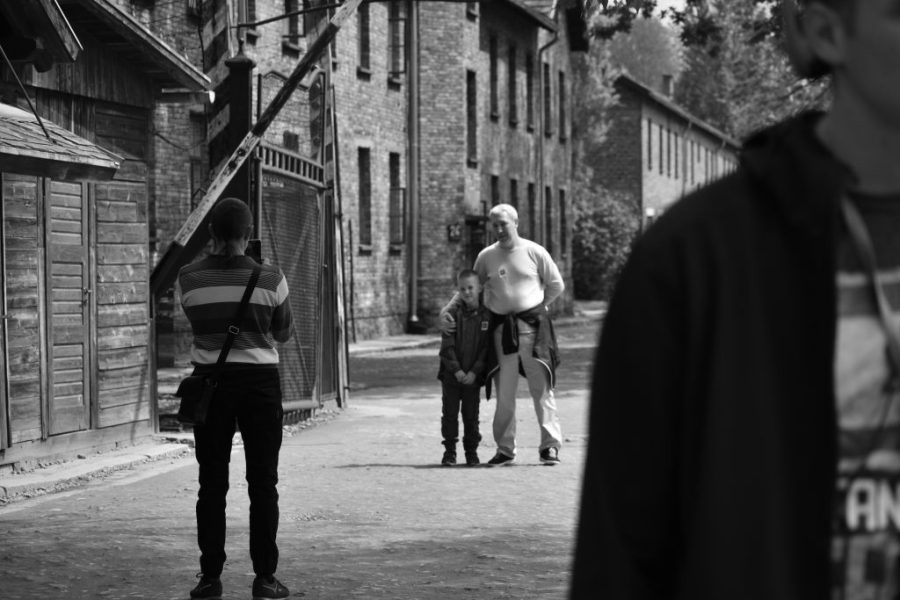
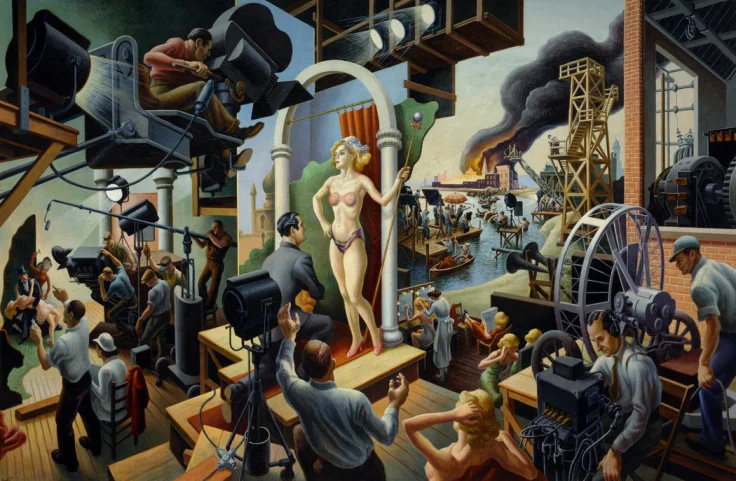

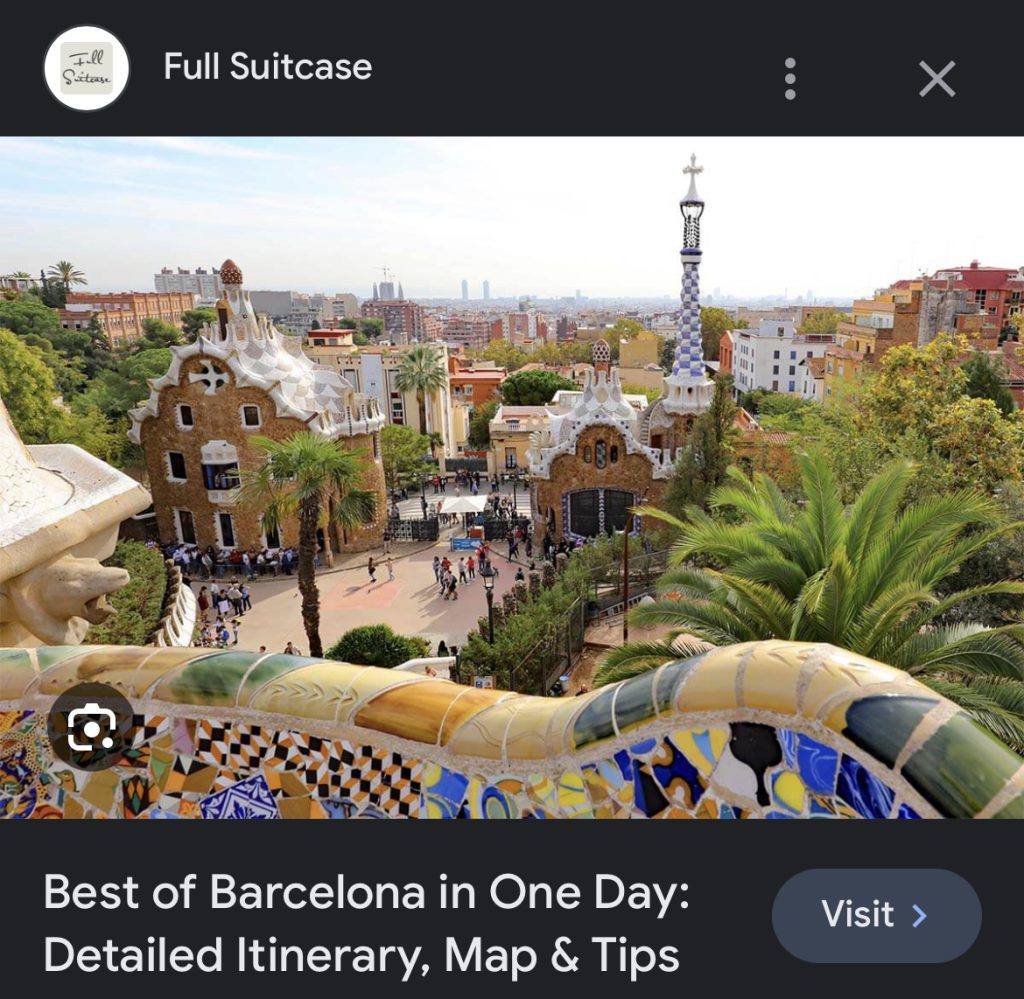
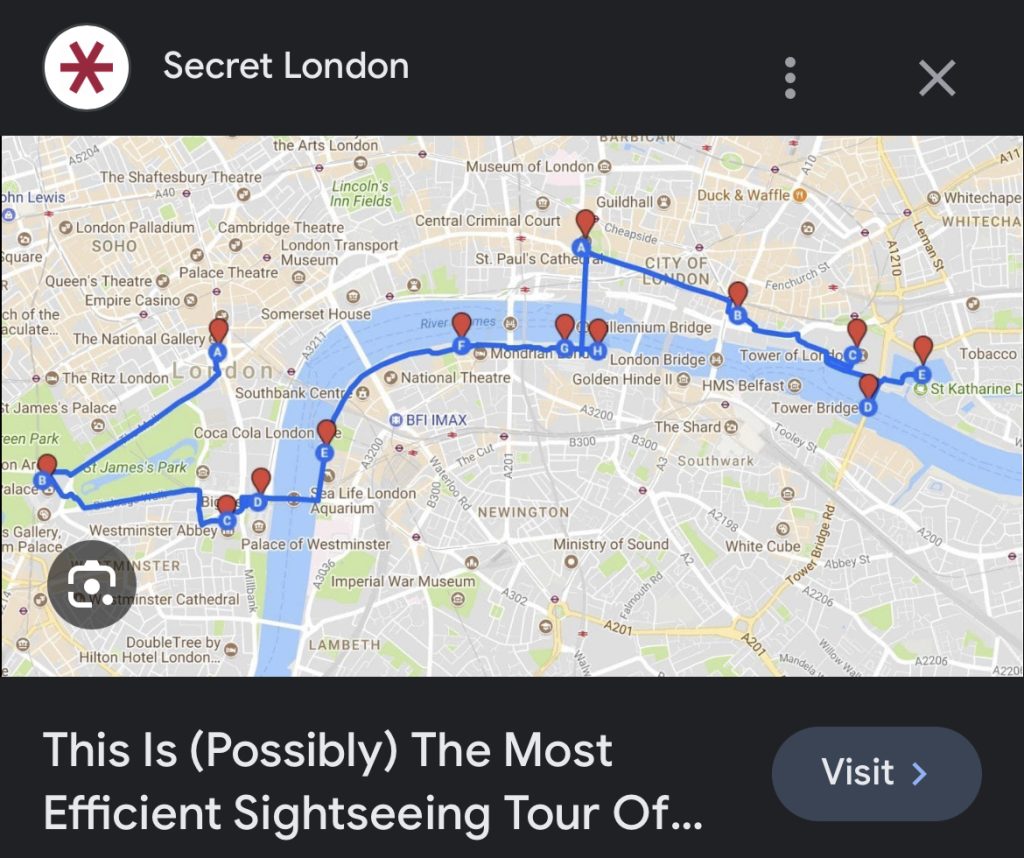
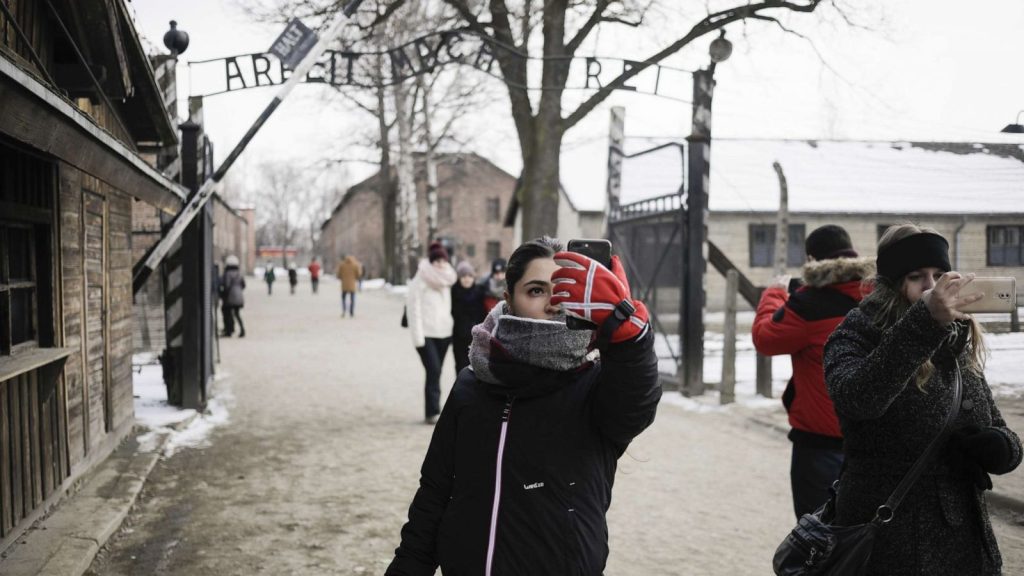
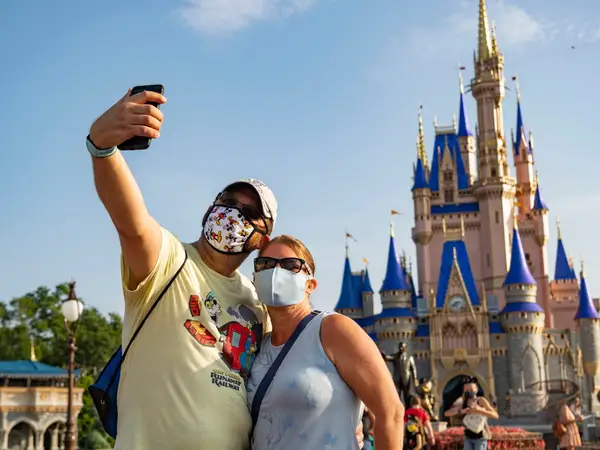
Being honest I found your post very interesting to know a little bit more about Culture Industry, your examples have really made me understand what the topic is about. I cannot agree more with the example of Auschwitz. Also, I personally think that tourism is repetitive but I believe that it is largely the ‘fault’ of social media, since normally before visiting a new city we watch videos of the best places to visit in that city. However, I would like to ask you if you think there is any solution to avoid this?
I really like your post and I honestly think you did a great job!
Hello, nice to meet you!
Fascinating blog! It never occurred to me that the tourism and cultural industries could be integrated in this manner! Your mention of Baudrillard’s Consumer Society, which explores simulation and repetition as well as the virtual and the real, made me think of Guy Debord’s theory of “The Society of the Spectacle”—that is, how contemporary society has transformed into a “Spectacle” in which people are more and more perceiving the real world as a make-believe world. that our culture has developed into a “Spectacle” where individuals begin to perceive reality as a work of fiction. This theory also looks at how our perception of the world has changed as a result of media, advertising, consumption, and culture, and how the distinction between the actual and virtual has become more hazy.
Reality TV shows are characterised by several features of the ‘landscape society’:
1. Repeated sequences: Many reality TV shows use standardised sequences and plots that are repeated from one show to the next. This repetition contributes to the creation of a fictional reality, as described by the spectacle society theory. Viewers see similar plots and scripts in different reality shows, which can colour their perception of reality.
2. Set scripts: some reality TV shows do have set scripts that are actually choreographed in a certain way even if they seem real. The purpose of this choreography is to create plot, create conflict and engage the audience. The substantive authenticity of such programmes is often questioned and landscape social theory addresses the boundary between reality and fiction.
3. Media performance and audience participation:The Society of the Spectacle looks at the role of the media and how the audience constructs ideas about reality through the media. In reality television, viewers are often guided and manipulated to participate in and experience media-produced reality. They may be directed to focus on certain characters, plots, or scripts that influence their perceptions
4. Boundary between the virtual and the real: The Society of the Spectacle emphasises the blurring of the boundary between the virtual and the real. Reality TV often involves the reconstruction of reality to meet entertainment and audience expectations, therefore reality TV often provokes viewers to question the authenticity of the facts and plots presented in the programme.
Your views have inspired me a lot and I’m glad we can continue the discussion here!